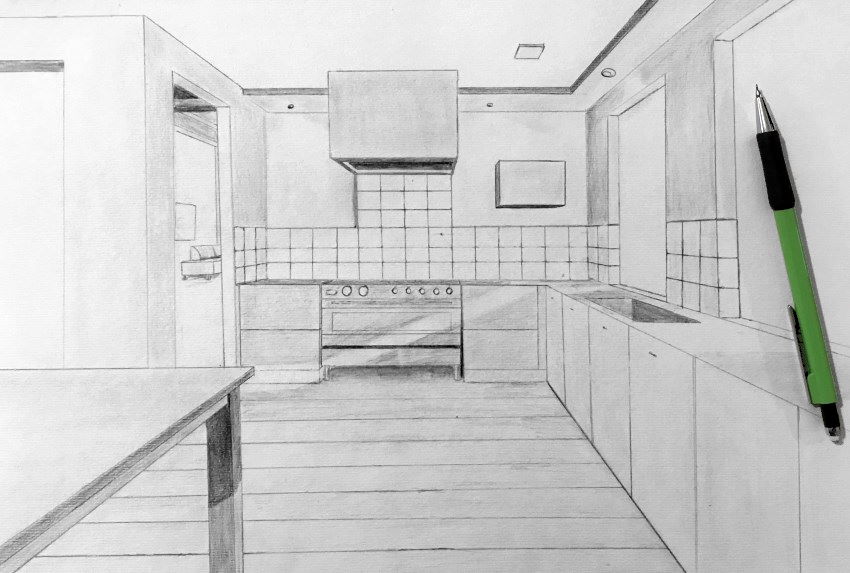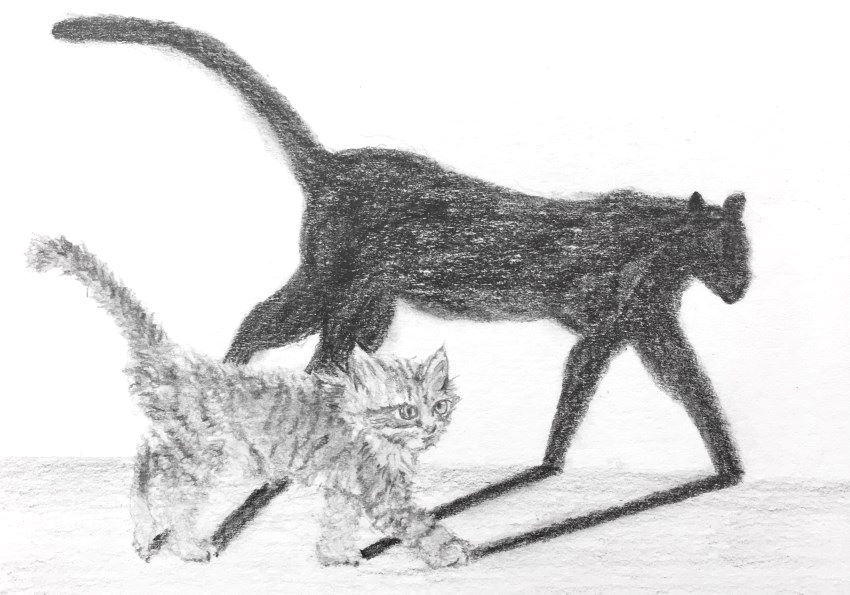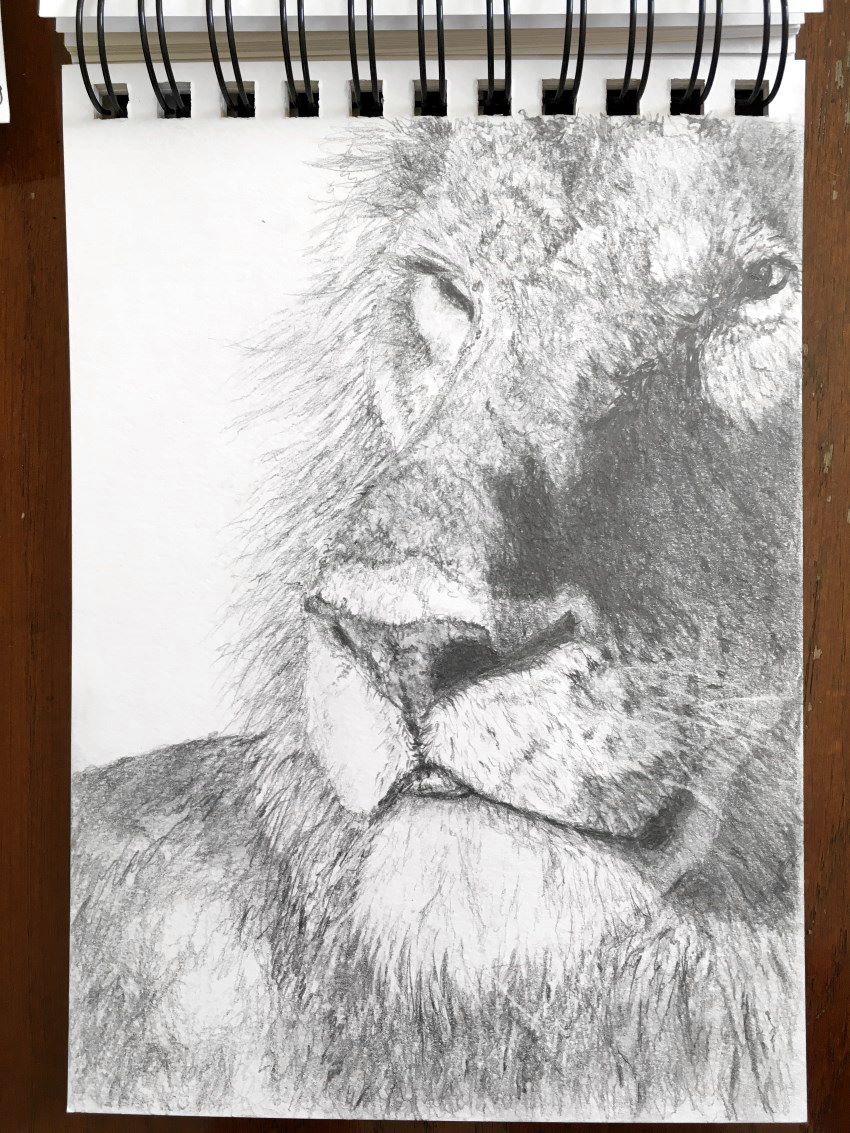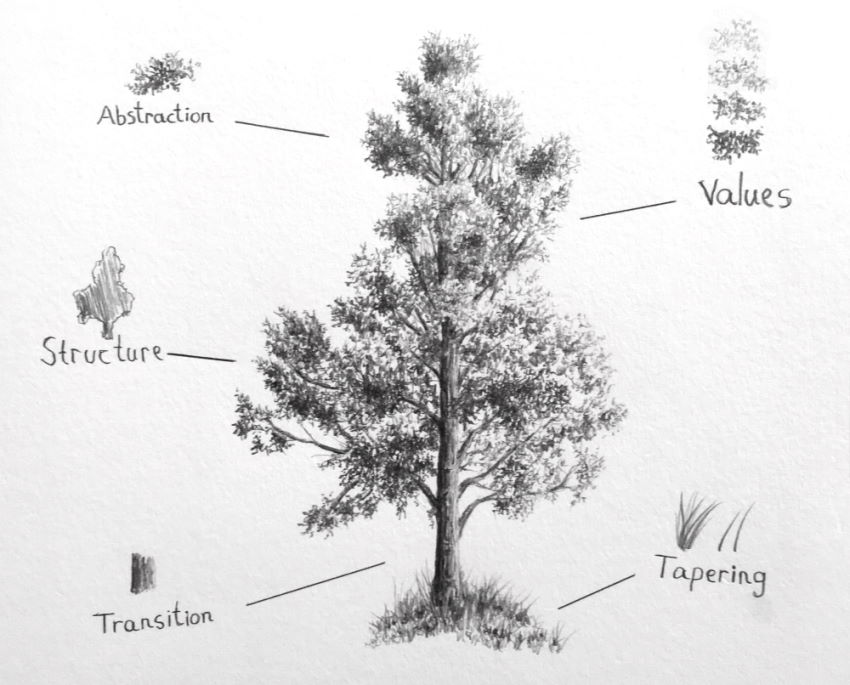How to Draw with a Mechanical Pencil
Updated: 29 Jan 2025

A mechanical pencil is a device that can be filled with graphite sticks, which can be extended mechanically.
This tutorial is about how and why to use a mechanical pencil.
I recommend understanding the 4 key factors for drawing realism with pencils before reading this article.
Disclosure: some links in this article are affiliate links, meaning, at no additional cost to you, I will earn a commission if you choose to make a purchase.
When, Why & How to Use a Mechanical Pencil
When:
When in need of a small, mobile tool for drawing or sketching, that can be carried anywhere with no need of any maintenance, a mechanical pencil is one of the top options.
A mechanical pencil does not need to be sharpened.
In addition, the ability to erase gives it a clear advantage over other sketching tools.

Why:
Besides the ability to take it anywhere and it being quite durable, a mechanical pencil is great for practice or trying new ideas like compositions or concept art.
It does not produce a fine art drawing (for me) like with graphite wooden pencils, but it is a fast way to draw sketches.

When using a mechanical pencil with a thick graphite stick, it can be used for shading.
Another usage for a mechanical pencil is when drawing in perspective. It works great with rulers.

For learning to draw in perspective, visit my guide on perspective drawing.

How:
The steps for sketching with a mechanical pencil are similar to any (realistic) drawing process.
First, define the basic shape or shapes. Pay attention to perspective and proportions.
Then, the key is to be accurate with brightness values. Meaning, to notice how dark or light each part of the reference object is.
When it comes to a single mechanical pencil, pressing hard results in dark brightness values, and pressing gently produces light brightness values:

The last step is to add details and refine the sketch.

Which Mechanical Pencil I Use
For this tutorial, I used the Faber-Castell Grip 1347.
Nib size: 0.7 mm
Value grade: B

0.7 mm is not a size for fine details, but it is great for quick sketching.
Keep in mind:
Quality mechanical pencils come with a quality eraser. Since the eraser is small, it is great for creating fine details, like hair.
In this example, I used the eraser to draw the lion's whiskers:

For a complete list of the equipment I use, read my pencil drawing supply review.
How Long it Takes to Sketch
It depends on the size and amount of details.
Quick sketches, like these, may take from several minutes to an hour:

When drawing a more detailed study, 2-4 hours is a reasonable time to spend on a sketch:

To learn how I draw many types of textures, visit my texture drawing guide.

What Else Can You Do with Mechanical Pencils
I usually use a mechanical pencil when I teach.
It is a quick way to show how to draw from life. Make sure to pay attention to foreshortening.

Also, for a quick study or still-life sketch from observation.

If you are not sure how to compose a still life scene and render it, read my composition-drawing guide.
Any diagram, or representation of a process, is a good subject for mechanical pencil drawing.
In the next example, I used a mechanical pencil to draw a tree with some points on things to pay attention to.

Drawing trees can be simple. To learn more about it, visit my tree drawing guide.
Technical Pen vs. Mechanical Pencil
 Pen vs. Pencil
Pen vs. Pencil
A mechanical pencil is not the only option when it comes to sketching anywhere.
Another great option is a technical pen.
Advantages of a technical pen:
- It is permanent, meaning it does not smudge like graphite pencils.
- Graphite stick refills for mechanical pencils are made of polymers and are very strong, yet they can break if pressed too hard.
Disadvantages of a technical pen:
- It has a fixed brightness value, and therefore it is harder to draw dark and light areas.
- Not erasable, meaning you cannot fix mistakes.
The key to drawing the illusion of different brightness values with a technical pen is to draw more lines in the same area for dark values and fewer lines for light values.
Technical pens can produce nice results. Here is an homage to a drawing from Affliction Clothing:

To see which pens I use, visit my technical pens review.

Summary
It is possible to draw anywhere. All you need is a mechanical pencil and something to draw on.
Here are my recommended types and brands of paper for drawing.
When I am not at my studio, I usually use my smartphone to look at reference photos to draw.
A mechanical pencil is:
- Mobile
- Durable
- In no need of sharpening
- Erasable
- Great for sketching
Additional Resources
If you like drawing with pens, visit my tutorial on how to draw flowers with pens.

To understand how to draw with a sense of depth and space, learn how to draw the illusion of depth.

For more drawing tutorials, check out my list of drawing channels on YouTube.